While adventure games are often miscategorized, action and platformer games are seldom interchanged. Platformers are a subgenre of action games, as it separates themselves from the genre in their non-emphasis on combat. The original Game Boy boasts a variety of action games in its library, and here are seven of the best:
Best game boy action games
7. Donkey Kong
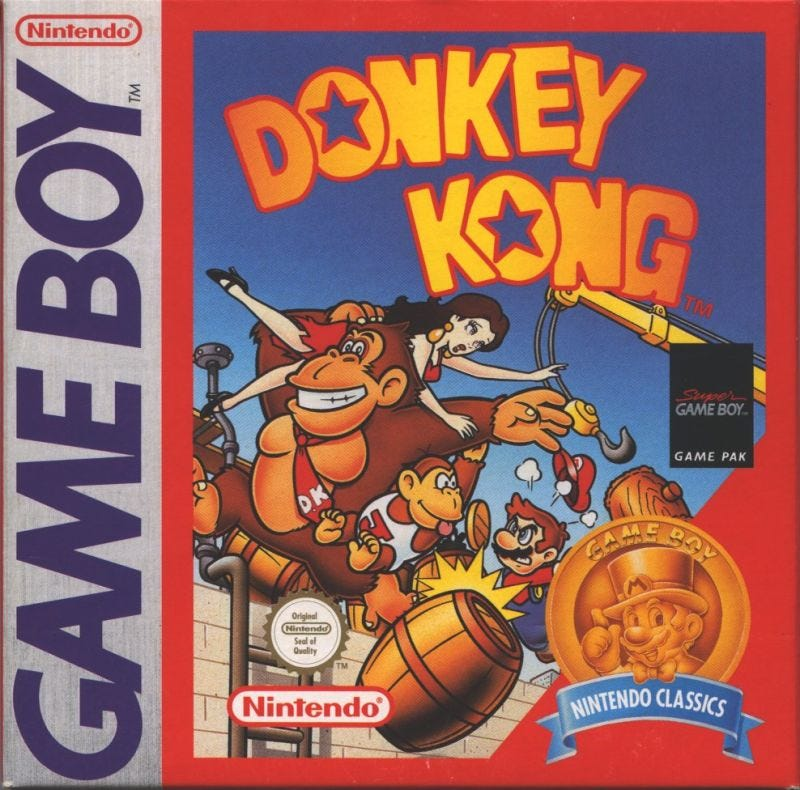
Most of the great games on the original Game Boy are ports of home consoles and arcade games. Donkey Kong is the most surprising of them all given the technical magnificence of the arcade game. Developers back then were able to compress those comparatively hefty games into an underpowered dedicated handheld without losing the essence that made those games special.
Although Donkey Kong on the Game Boy starts with familiar stages, the game takes an unexpected twist when Donkey Kong kidnaps Pauline and Mario embarks on a challenging chase through almost 100 levels. It is given that the core gameplay of Donkey Kong games is one of the best in the business. Yet, the players will be taken aback that the signature effervescent soundtrack translated well into the teeny-weeny stereo speakers of the original Game Boy.
6. Disney’s Aladdin
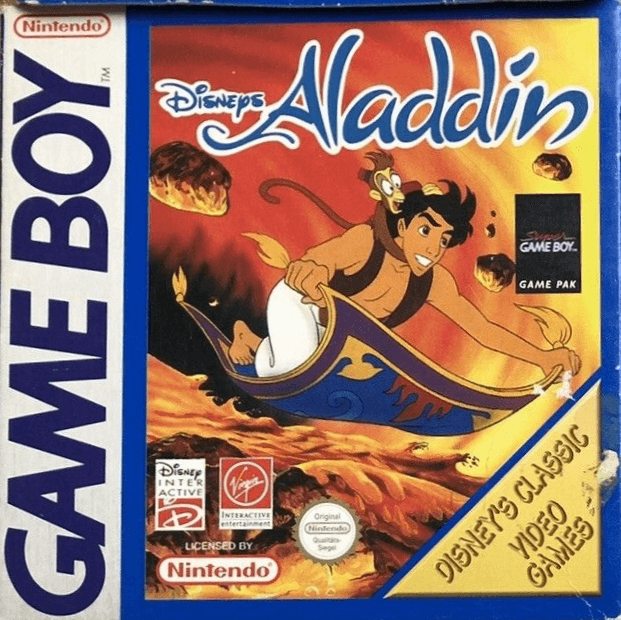
Aladdin had a lot of games going on in the 90s. Licensed games based on the film appeared on rival platforms the Super Nintendo Entertainment System and the Sega Genesis. There are several ports of those games across several platforms including the Game Boy. The original Game Boy of Disney’s Aladdin is based on the Sega Genesis game made by Virgin Games.
There is cut content in the Game Boy version. Still, even if it is just the approximation of the home console version, having Aladdin on a portable device is worth the downgrade.
Upon its release on the original Game Boy, Aladdin captivated the audience with its visually stunning graphics that not only looked impressive but also closely resembled the art style of the film. Fortunately, the game offers more than just eye candy as the combat mechanics provide a surprisingly engaging experience.
5. Teenage Mutant Ninja Turtles III: Radical Rescue
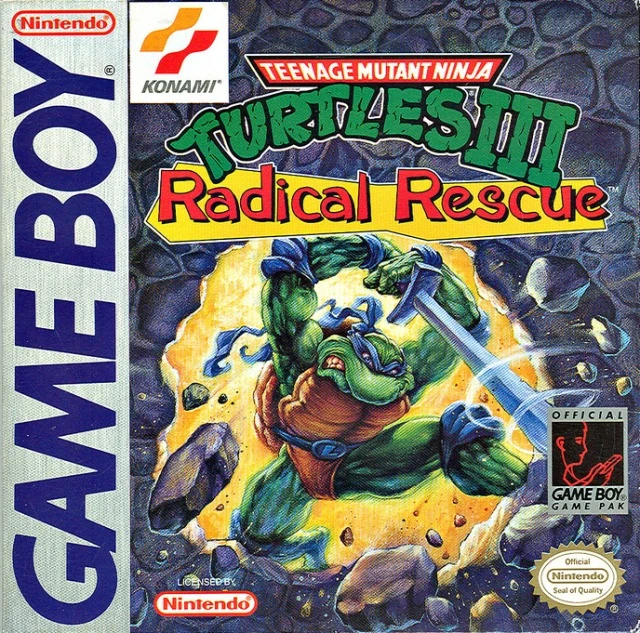
This is the third game of the series and one of the most underrated games. Most people have fond memories of Back from the Sewers and Fall of the Foot Clan, the first and second games respectively. Radical Rescue is radical indeed as it departs from heavy platforming and into a Metroidvania-style action game.
Radical Rescue is one of the most polished games on the platform. It is also one of the longer games in the action genre. It should be expected though given that it has Metroid vibes going on. As a Teenage Mutant Ninja Turtle title, it is one of the best games due to the sheer amount of content. Radical Rescue, as well as the other original Teenage Mutant Ninja Turtles Game Boy games, is now available on modern platforms in the Cowabunga Collection.
4. Castlevania II: Belmont’s Revenge
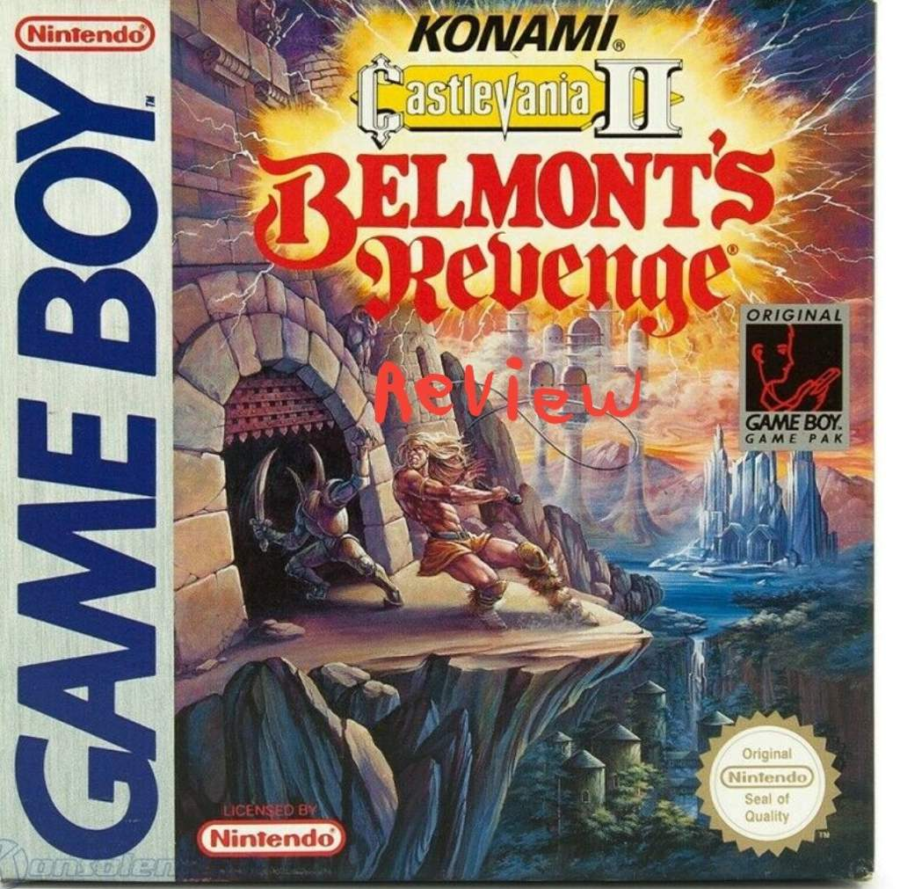
Castlevania and Metroid are the pioneers of the Metroidvania subgenre, which has seen a surge in popularity in recent years, thanks to successful Kickstarter campaigns. Many of these fan-funded titles have been released in the past few years.
Among the standout titles in this genre is Castlevania II: Belmont’s Revenge, originally released on Game Boy. This game is renowned not only for its timeless core gameplay but also for its remarkable graphics. Despite being designed for a handheld console, the artists behind Belmont’s Revenge spared no effort in creating a visually stunning and detailed experience.
Belmont’s Revenge distinguishes itself within the Castlevania series by offering a fast-paced gameplay experience. In contrast to other games in the series, Belmont’s Revenge strikes a fair balance with its difficulty curve. It provides an accessible entry point for players, offering the option to choose from the first four levels. As the game progresses, the difficulty gradually increases but never at any point in time overwhelming.
3. Metroid II: Return of Samus
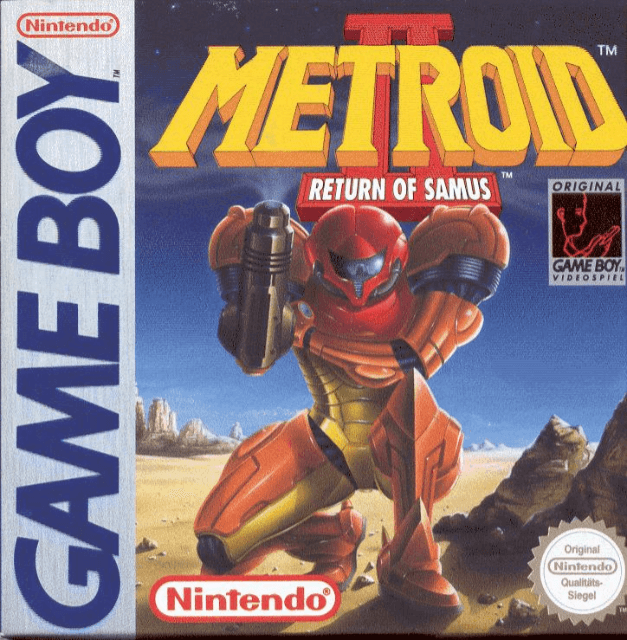
Metroid is the other half of the progenitors of the Metroidvania genre. While Metroid II: Return of Samus may not cater to everyone’s preferences, being a Metroid game is rarely a disappointment. Additionally, it holds the distinction of being the first Metroid title to appear as a portable action game.
The controls in Metroid II: Return of Samus are impressive, rivaling those of 16-bit games. Running and aiming are handled smoothly by the D-pad, while firing requires a simple button press. Compared to other Metroid titles, the gameplay follows a relatively straightforward path with a more linear world structure. Progression is impeded by hazardous pools of lava until specific Metroids are defeated, providing a sense of challenge and guiding the player. Each area is filled with diverse ruins and chambers, ensuring extensive gameplay for both newcomers and seasoned veterans alike.
2. Balloon Kid
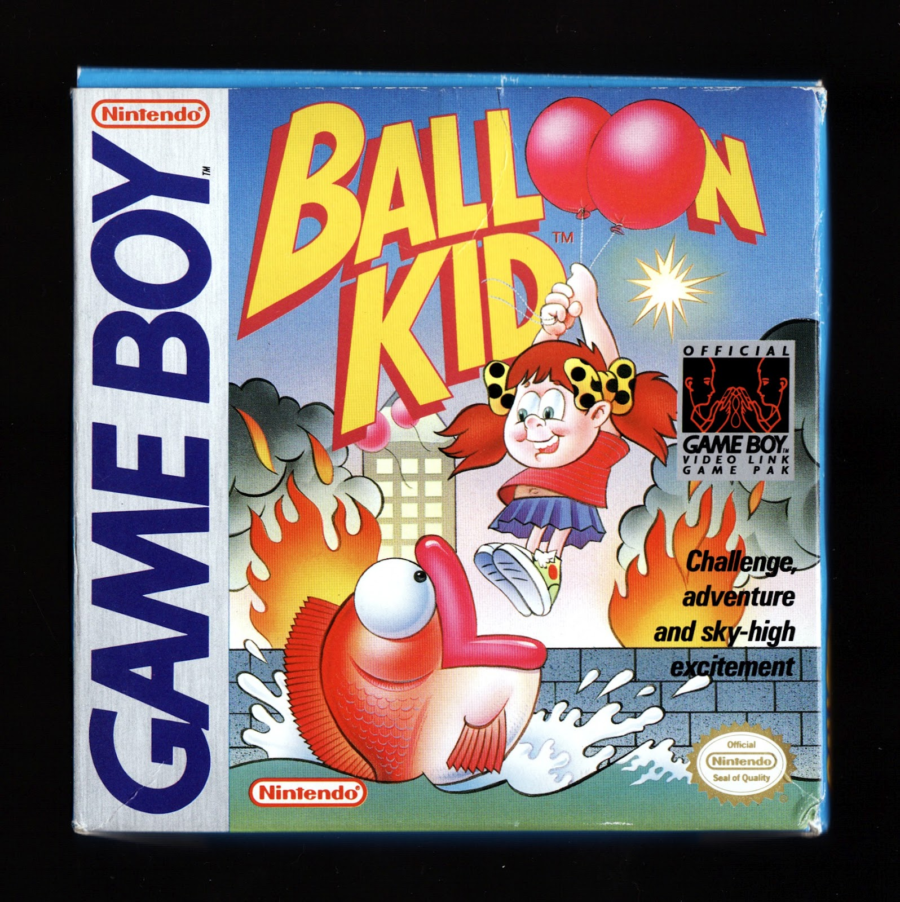
Balloon Fight, known as one of the greatest party games on the Nintendo Entertainment System, couldn’t fully translate its chaotic floaty platforming gameplay to the Game Boy. Instead, Balloon Kid was released, taking inspiration from one of the modes in the original game.
In Balloon Kid, the gameplay revolves around the Balloon Trip mode, where screens scroll from right to left, resembling a reverse Canabalt-style endless runner. However, Balloon Kid has a layer of complexity to the gameplay those endless runners could only dream of.
As players navigate through the game, they encounter various obstacles such as airborne penguins, mechanical traps, and menacing spider-like creatures. Environmental hazards like deep waters and sharp stalactites also pose challenges. While some levels incorporate platforming elements, the standout feature of Balloon Kid lies in its diverse and engaging boss fights.
1. The Legend of Zelda: Link’s Awakening

Link’s Awakening is widely regarded as the best game on the original Game Boy, captivating the minds of young gamers when it was released and remaining enjoyable today. It showcases an impressive level of unity and attention to detail, where every aspect contributes not only to the gameplay but also to the immersive world-building.
The overworld in Link’s Awakening bears a resemblance to its SNES counterpart, Link to the Past, featuring diverse locations such as towns, forests, deserts, and paths. Within towns, Link can interact with NPCs, gather valuable information, purchase items, and receive guidance for his next destination. Venturing into the wild, exploration is initially restricted by inaccessible areas, which can be overcome by obtaining specific items. As the game progresses, Link encounters dungeons with unique maps, challenging obstacles, formidable monsters, and intricate puzzles. Overcoming each dungeon’s boss rewards Link with an instrument crucial for awakening the Wind Fish.
Link’s Awakening stands out as a perfect game for the Game Boy, transcending genres as an exceptional action-adventure experience. It can be played in both extended gameplay sessions and shorter, casual playthroughs. The game boasts tightly crafted gameplay mechanics and level designs, further solidifying its status as a masterpiece.
